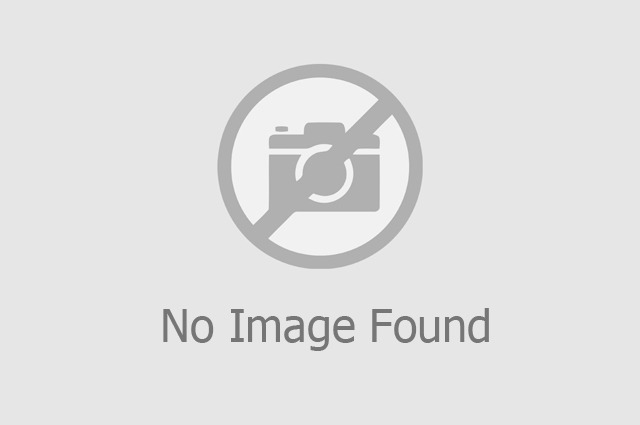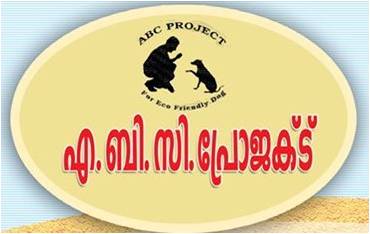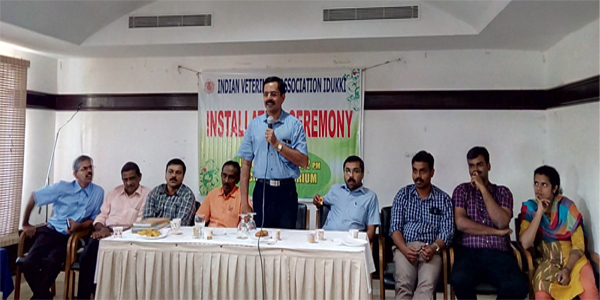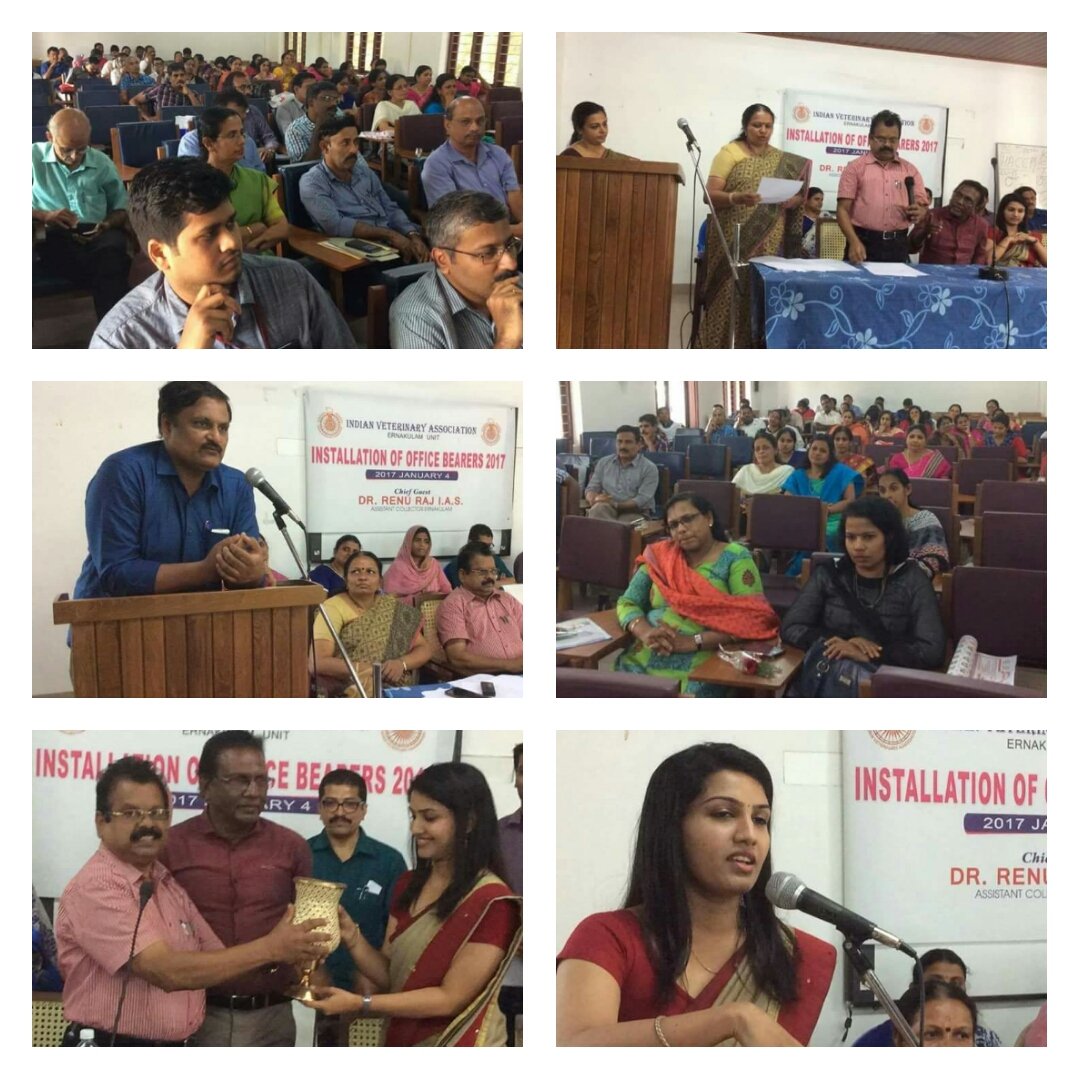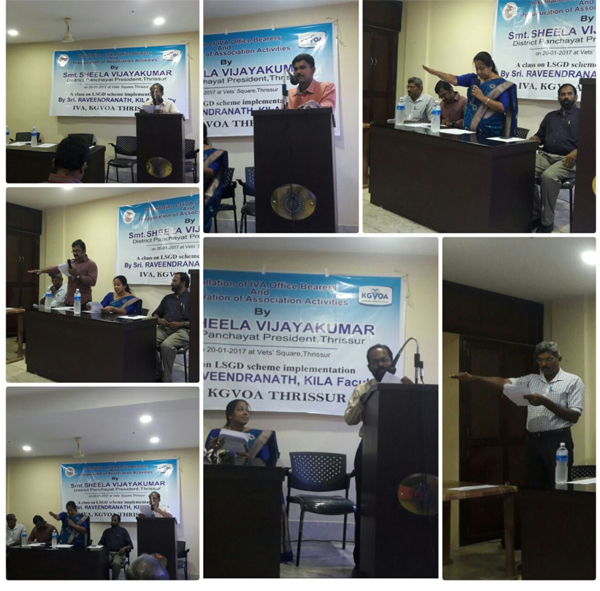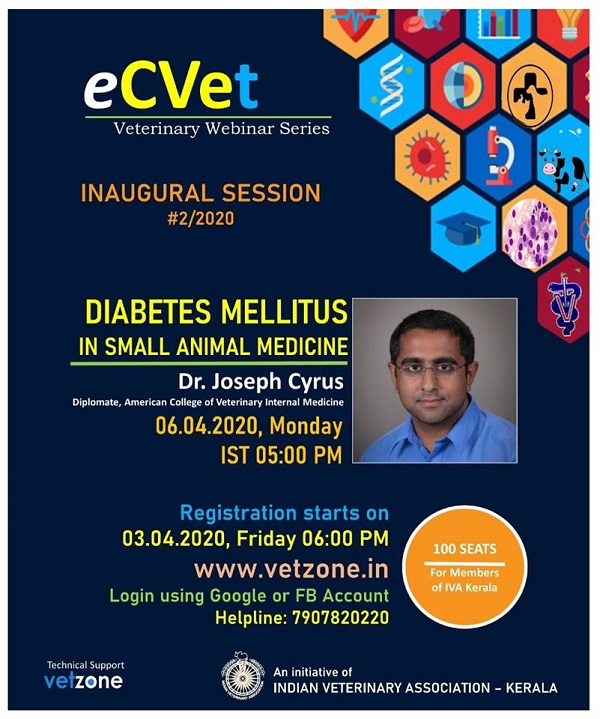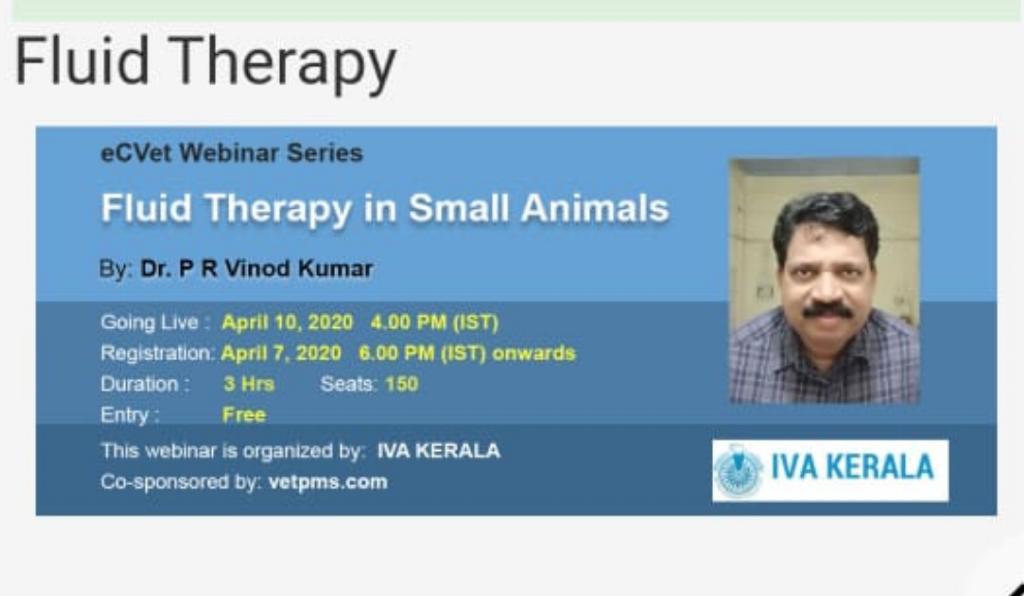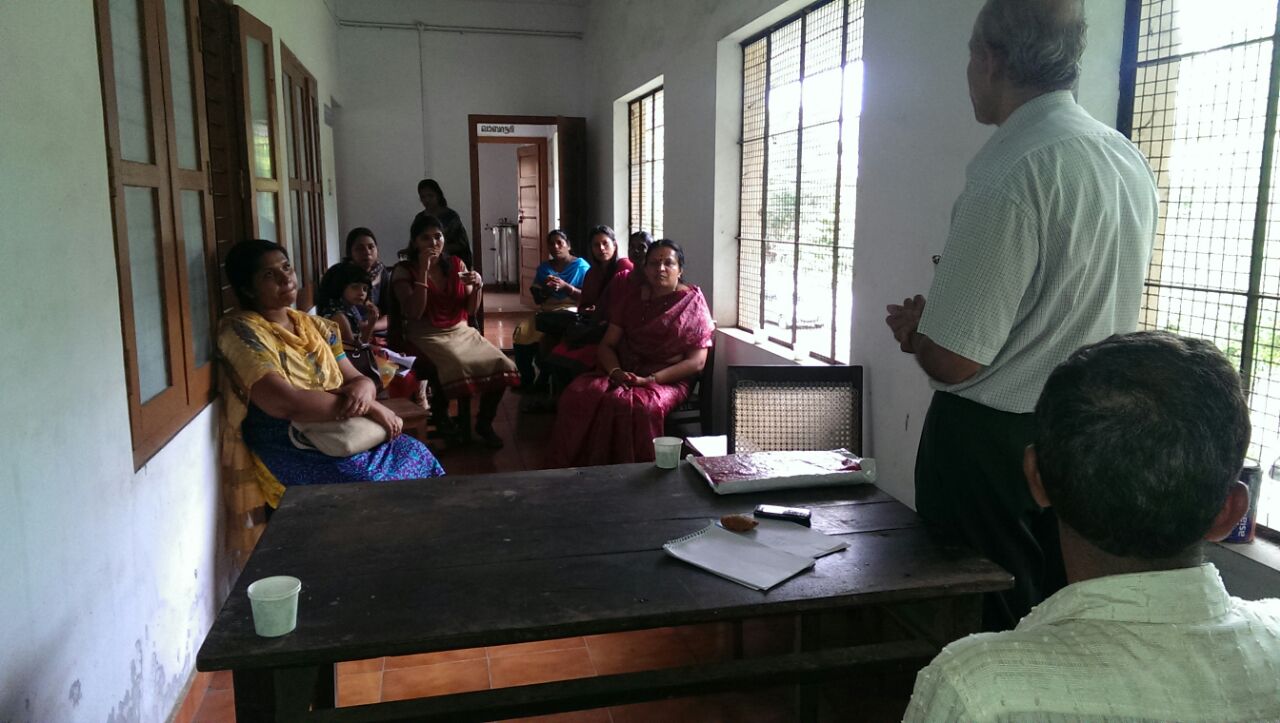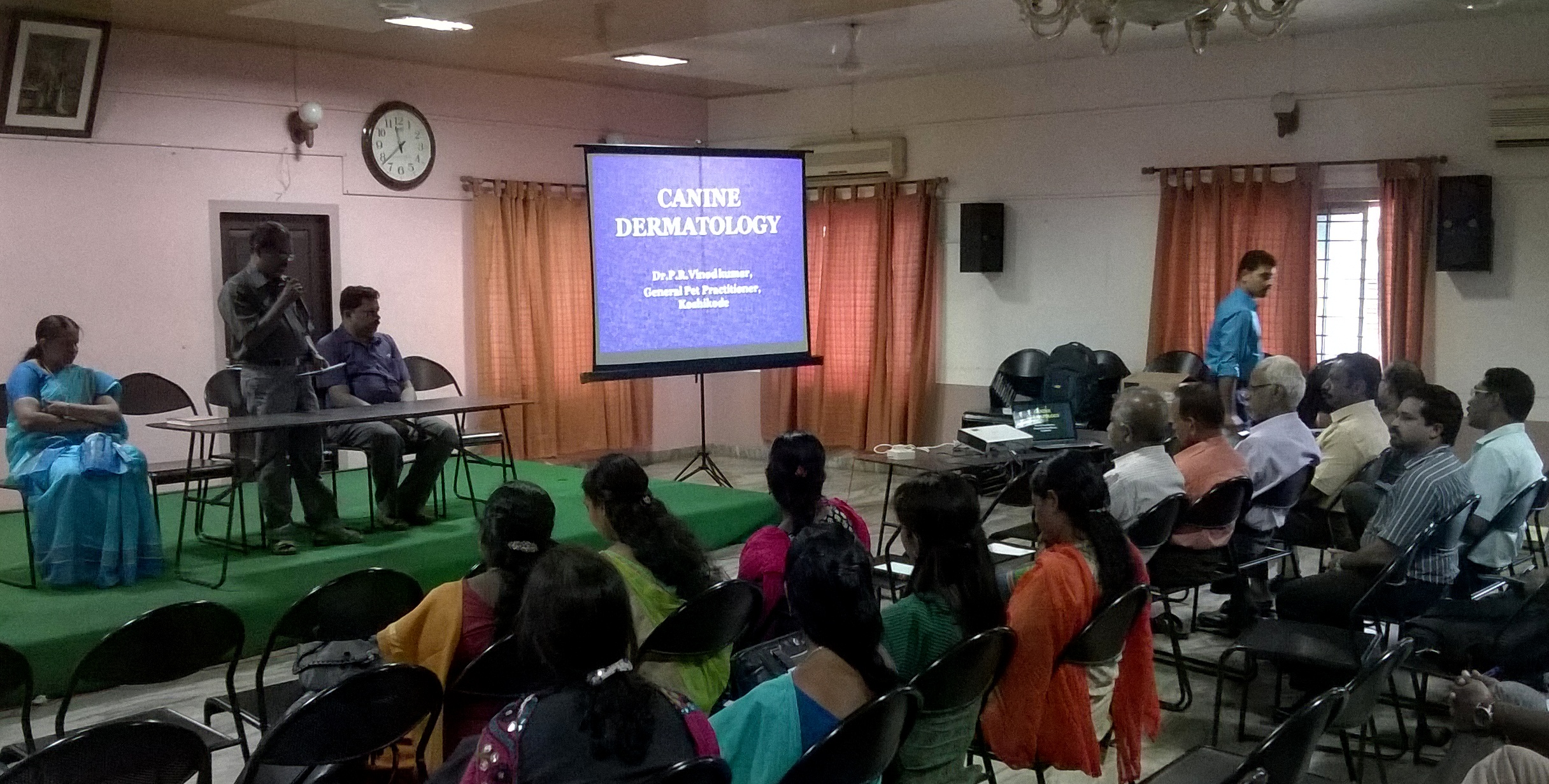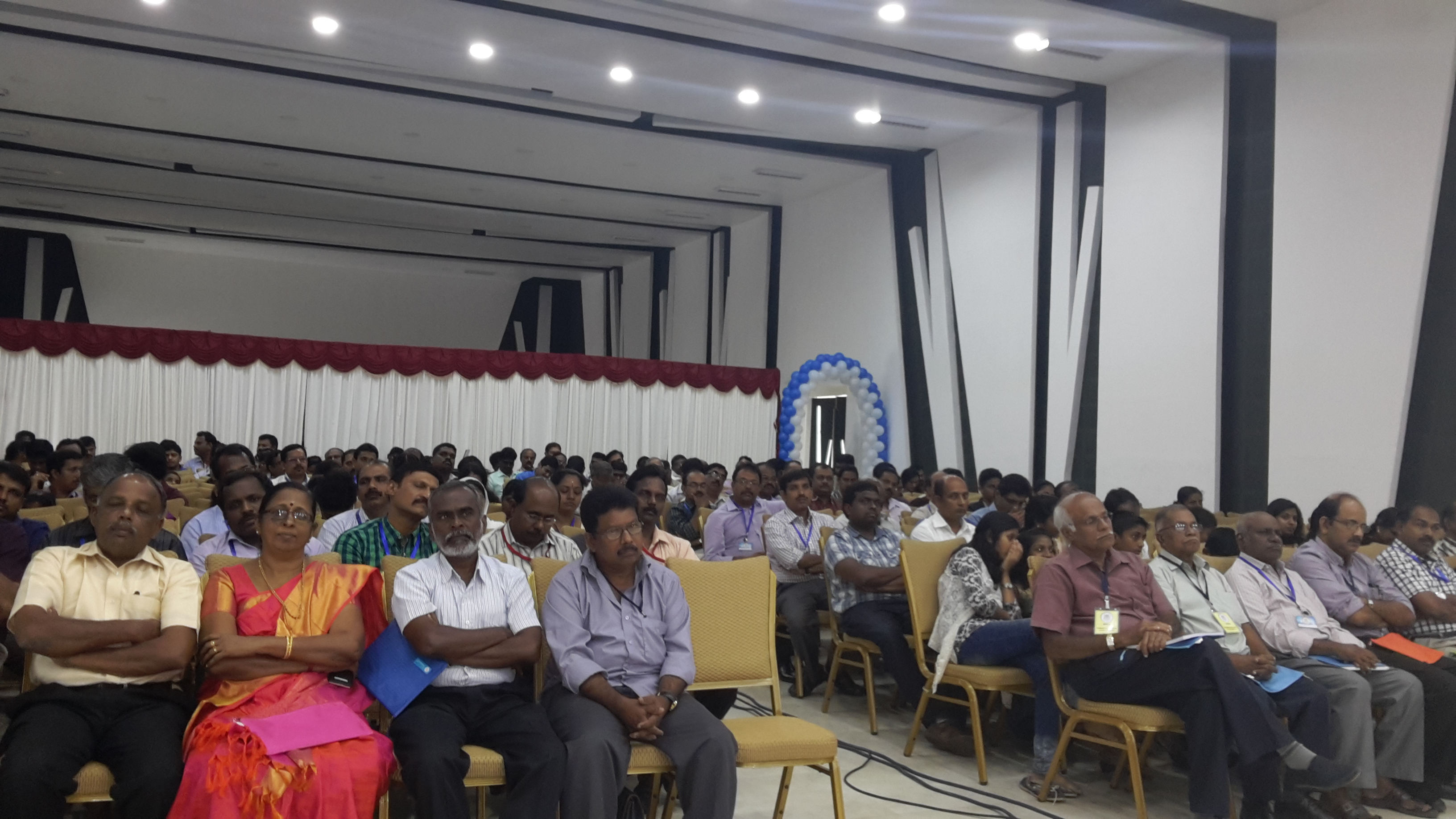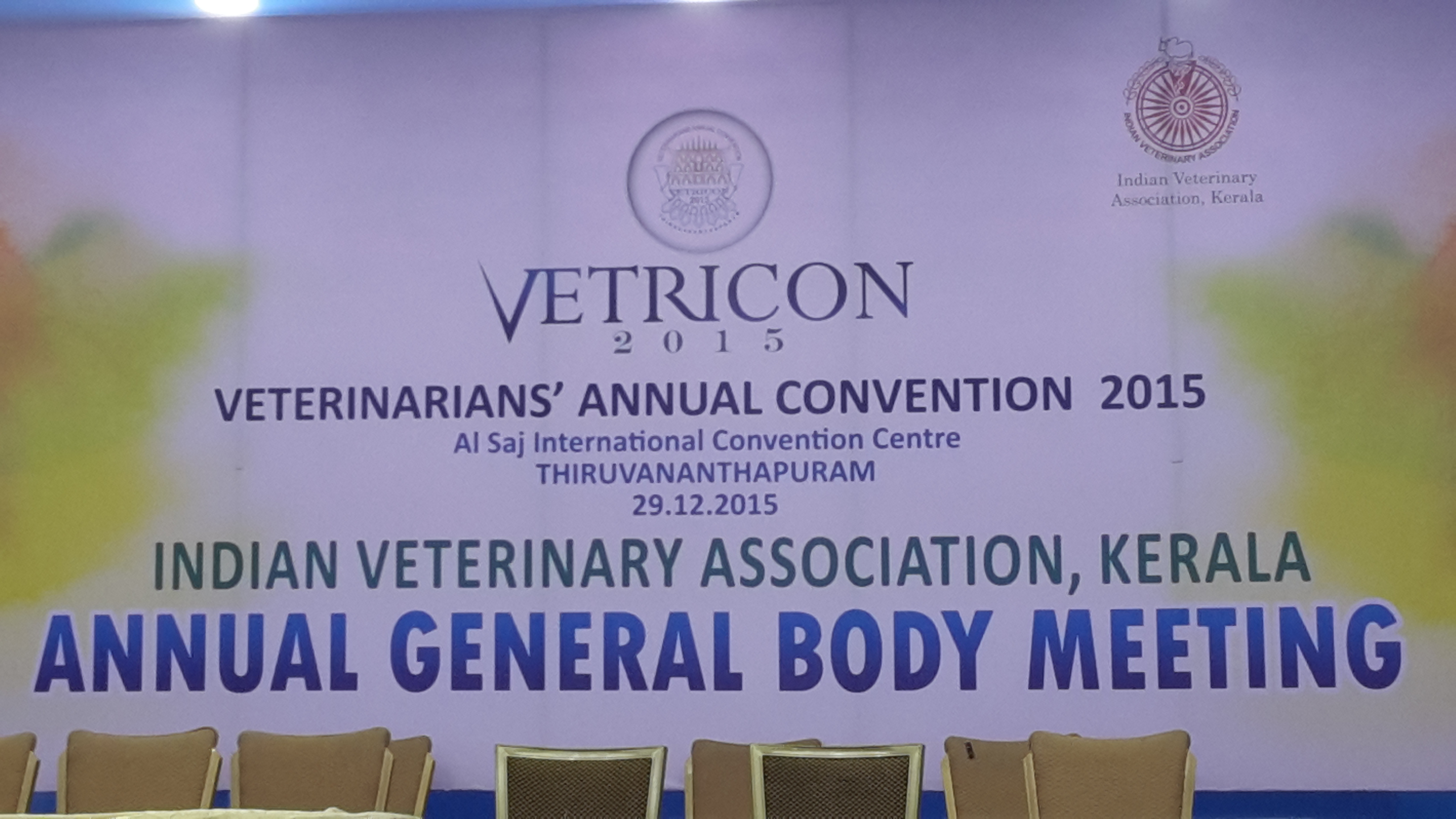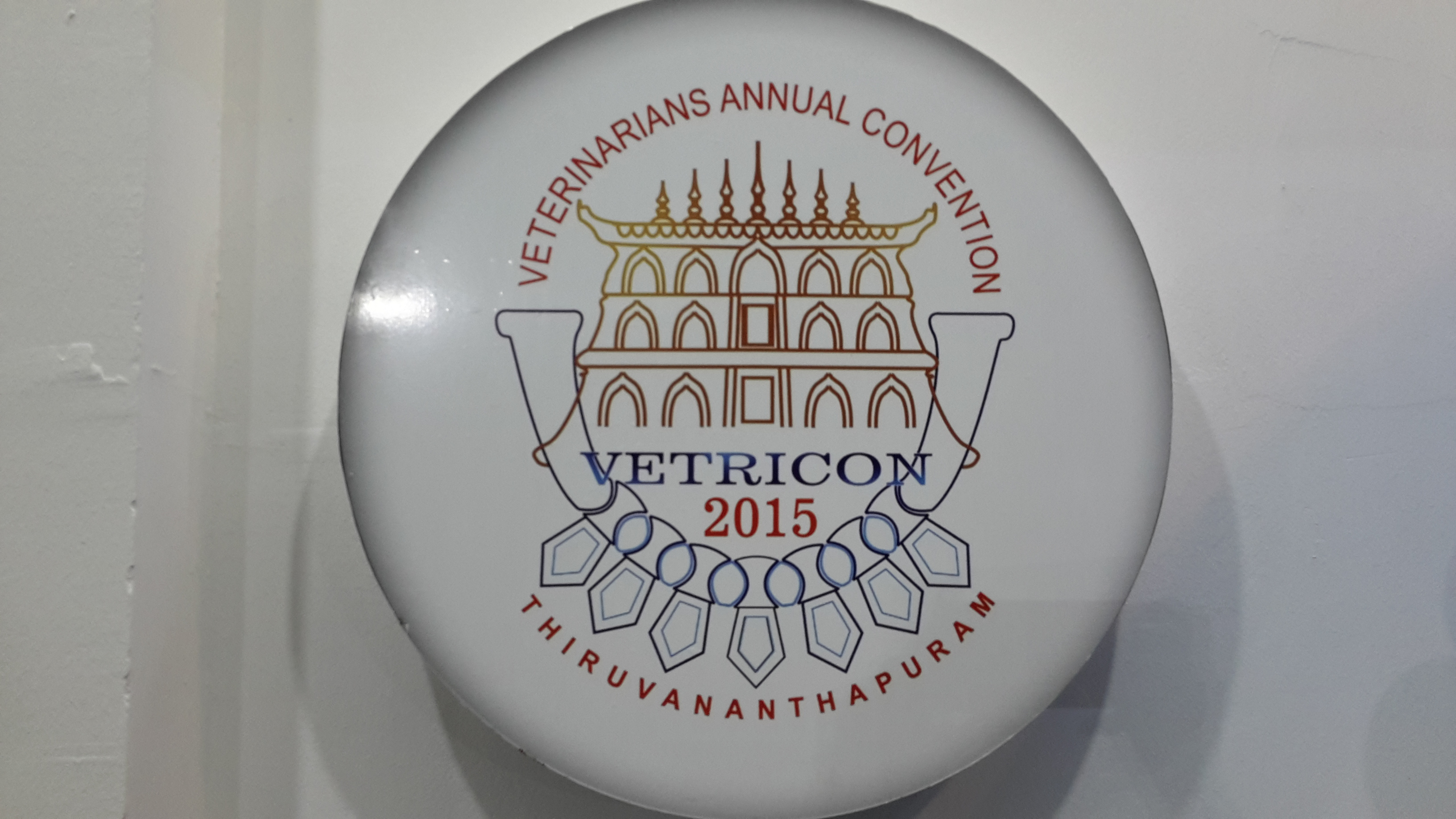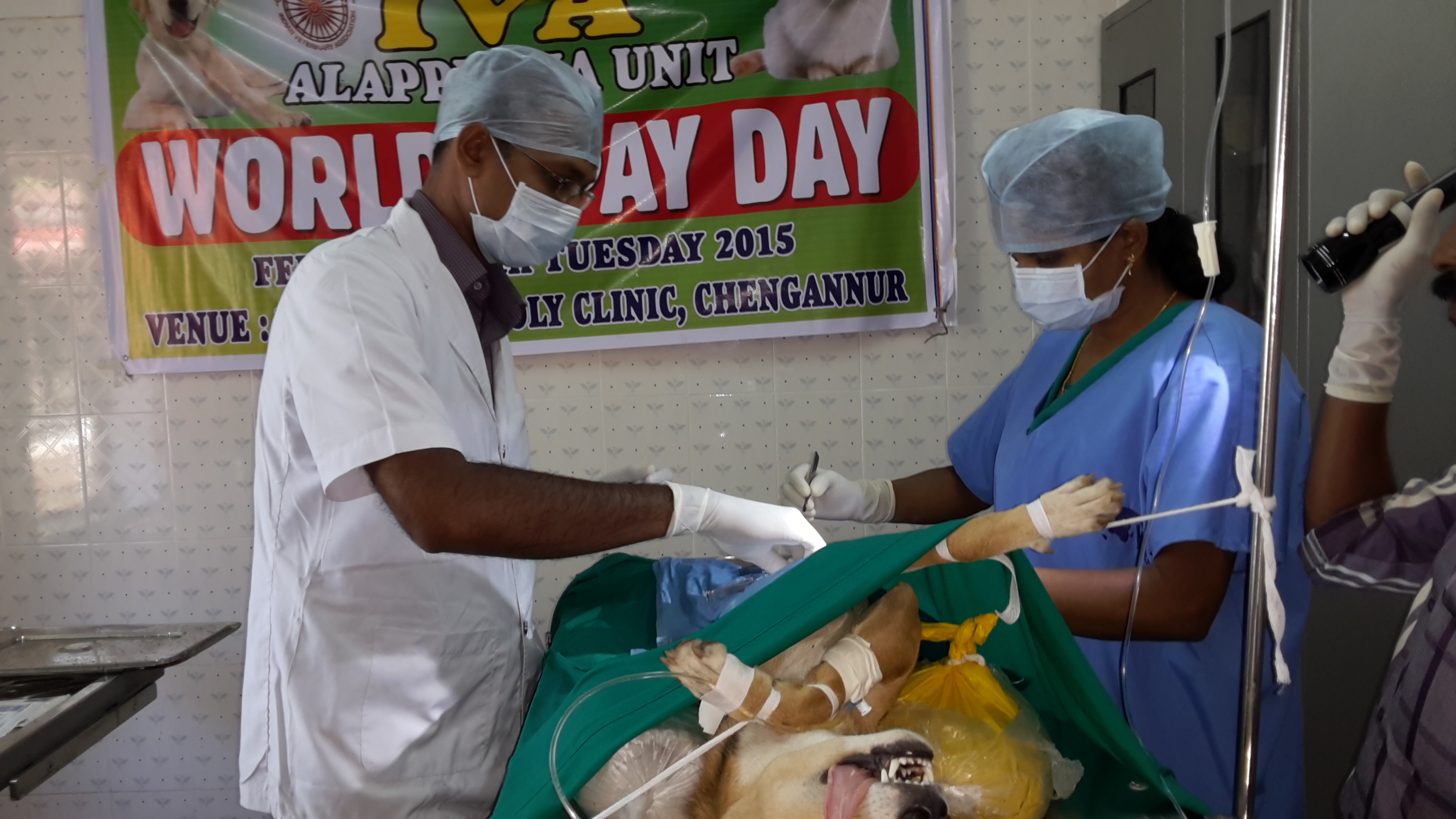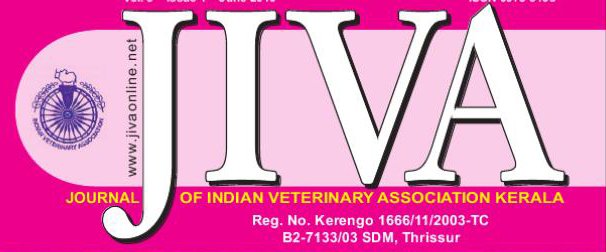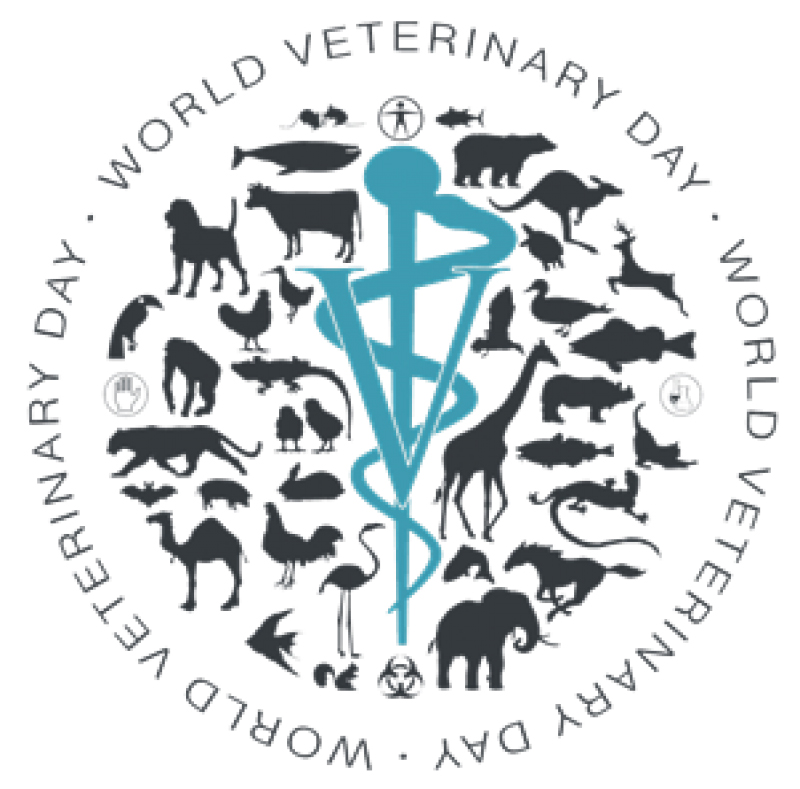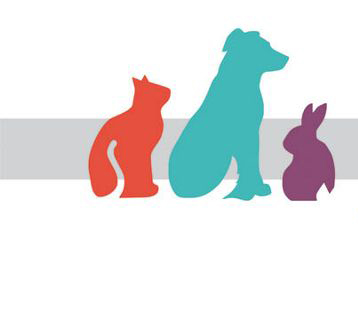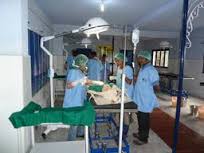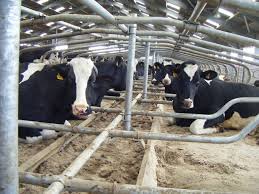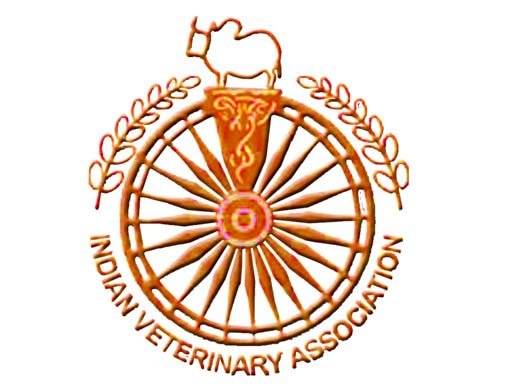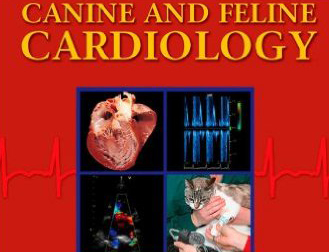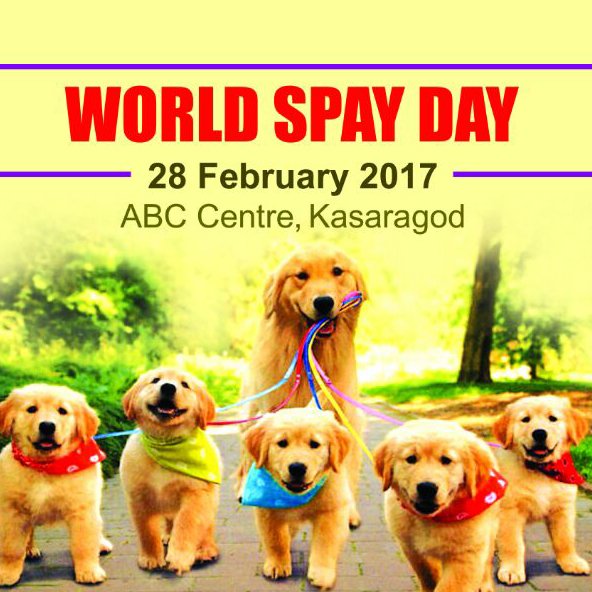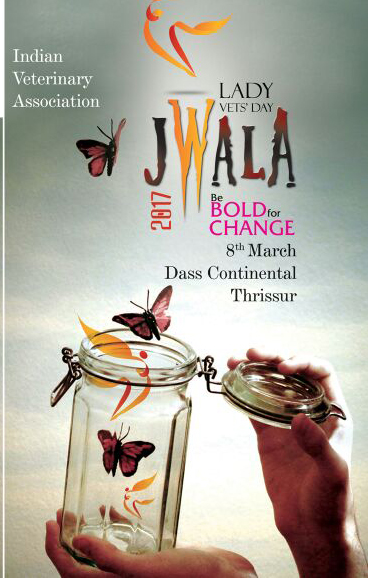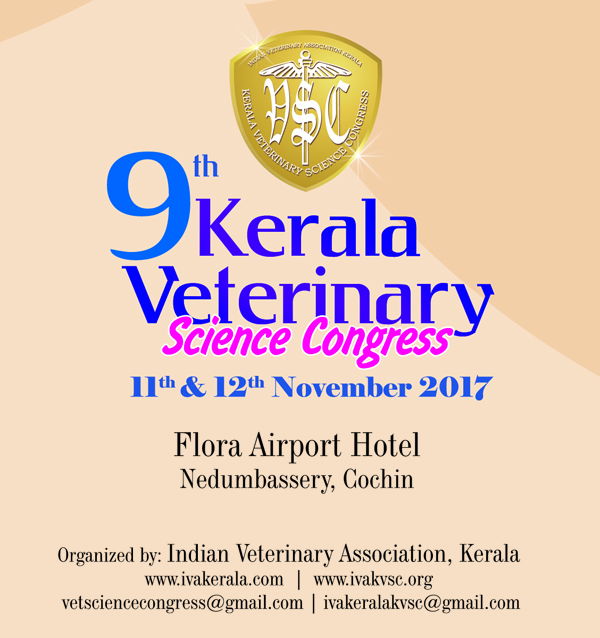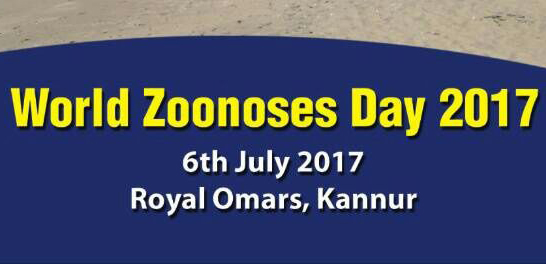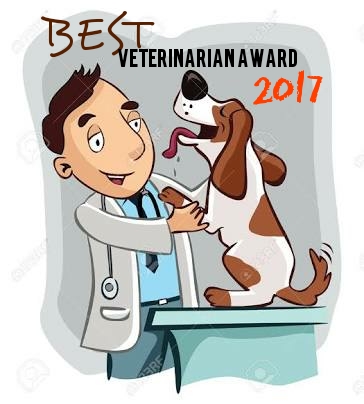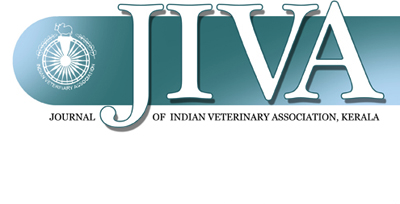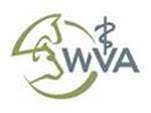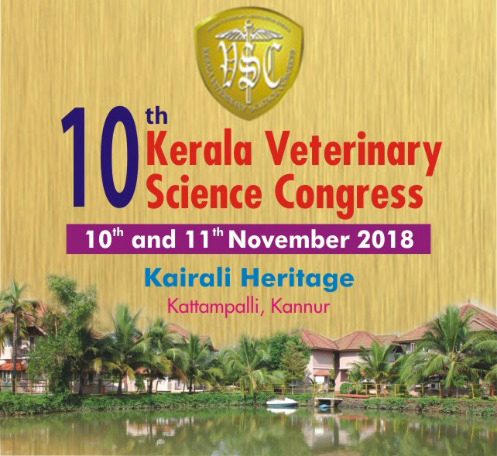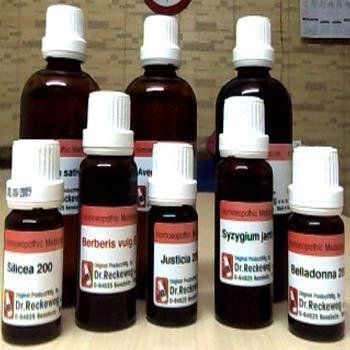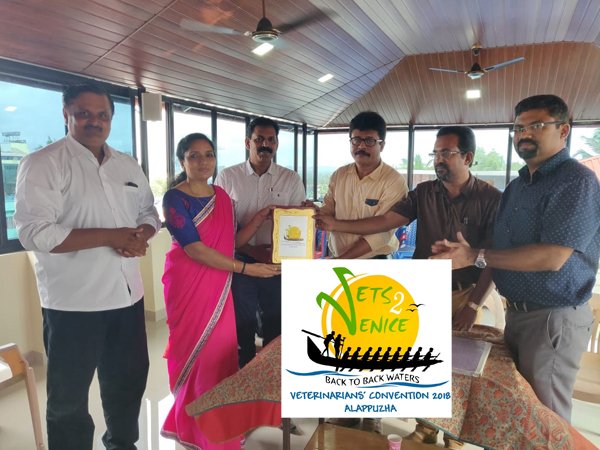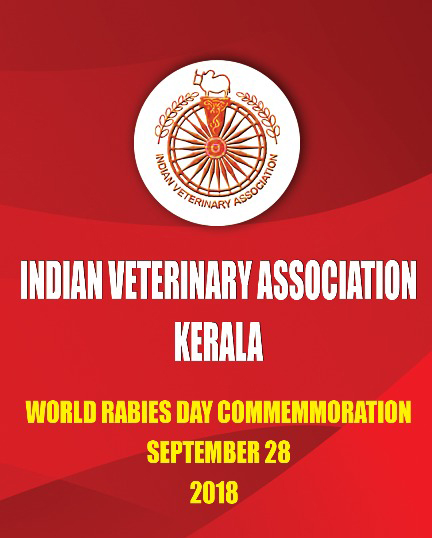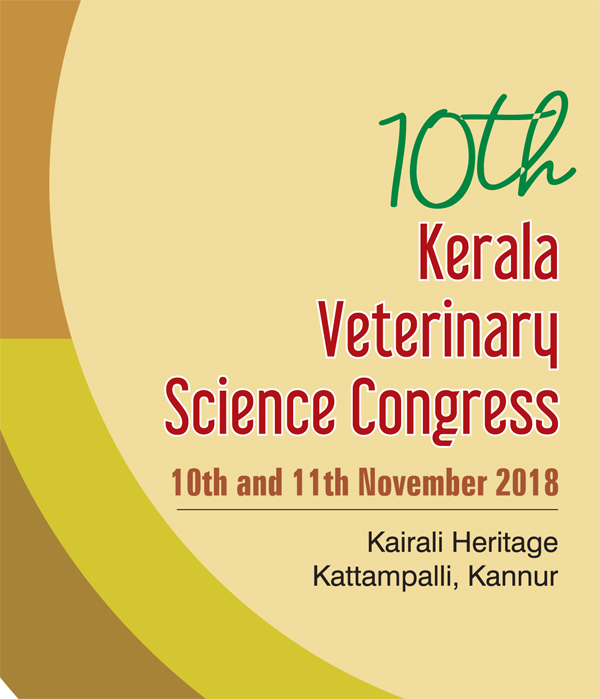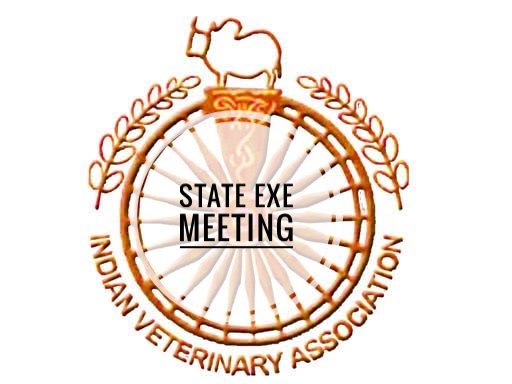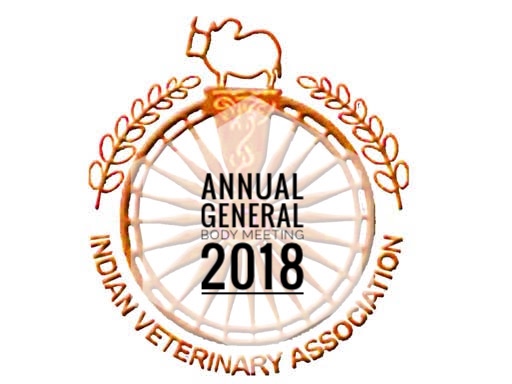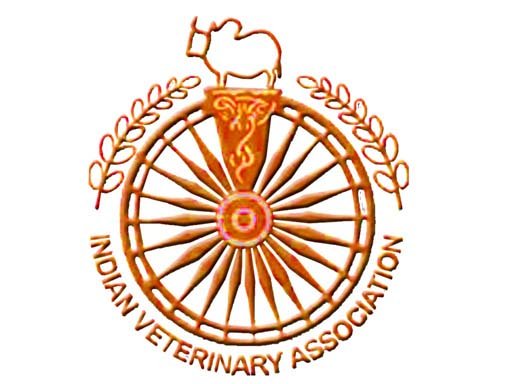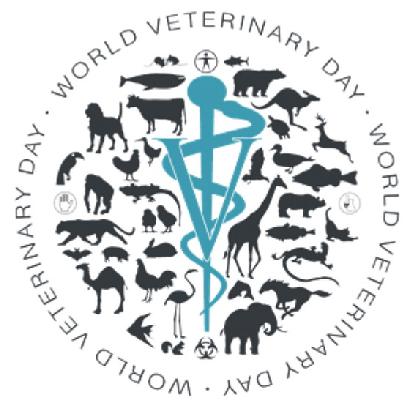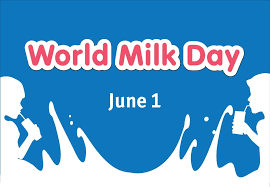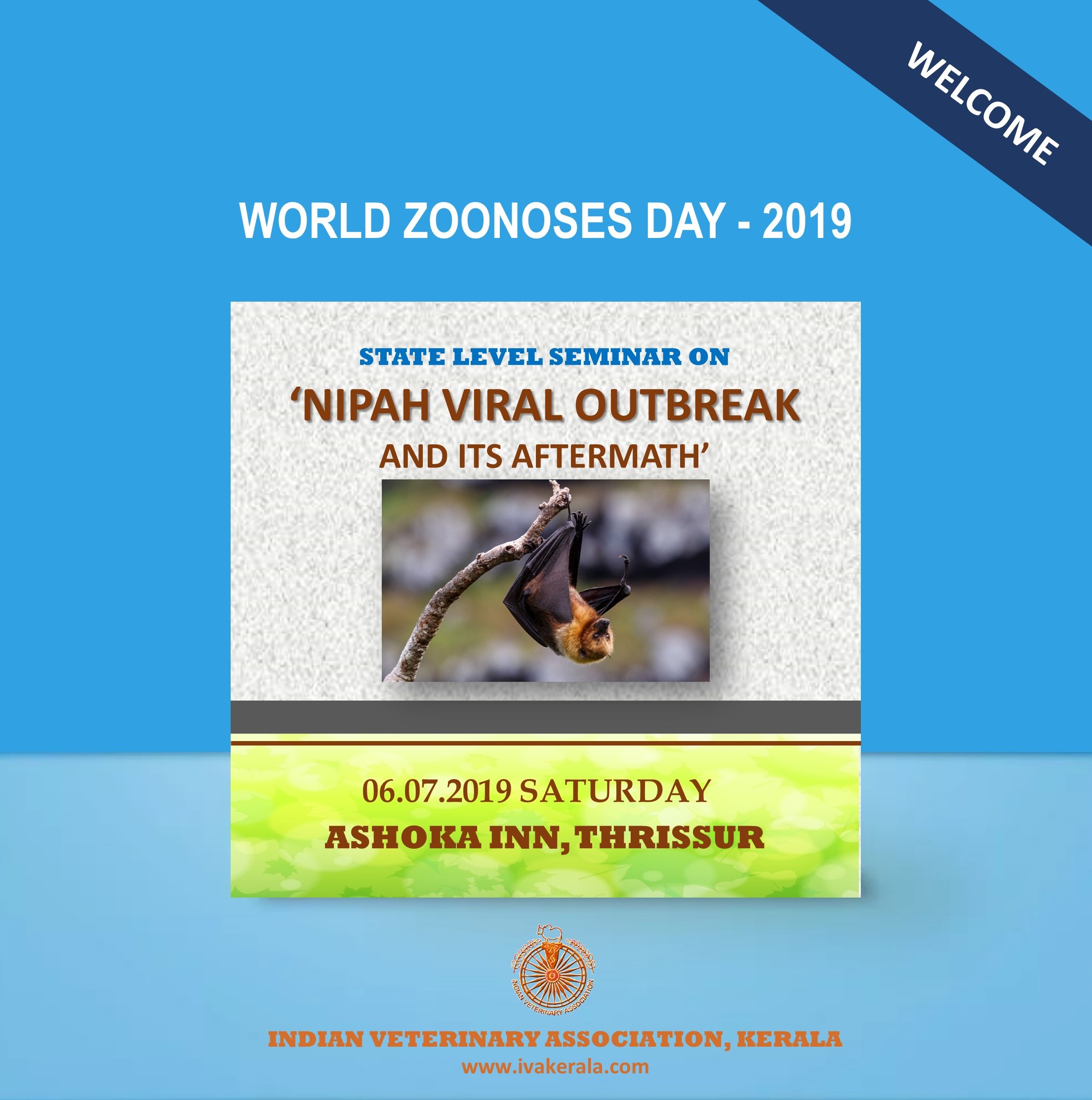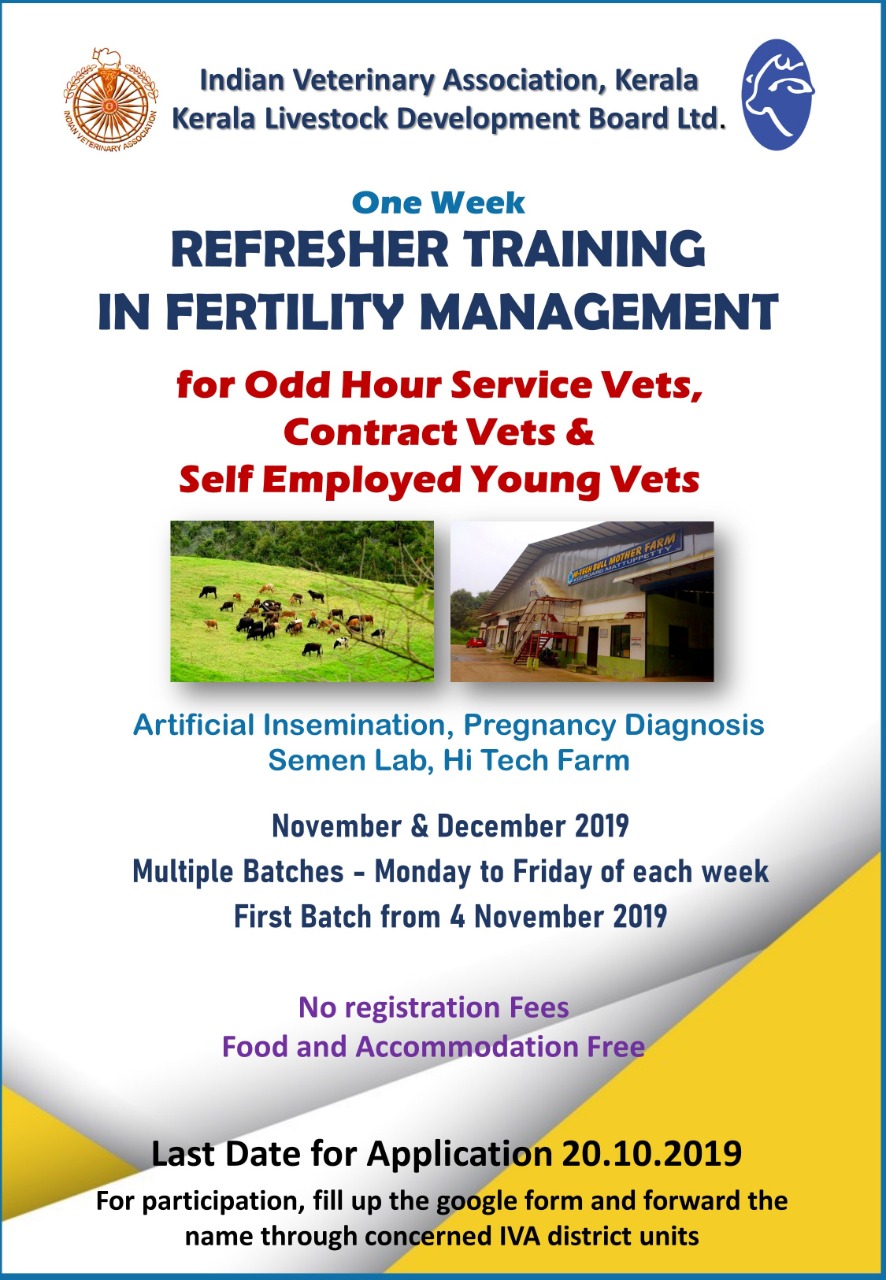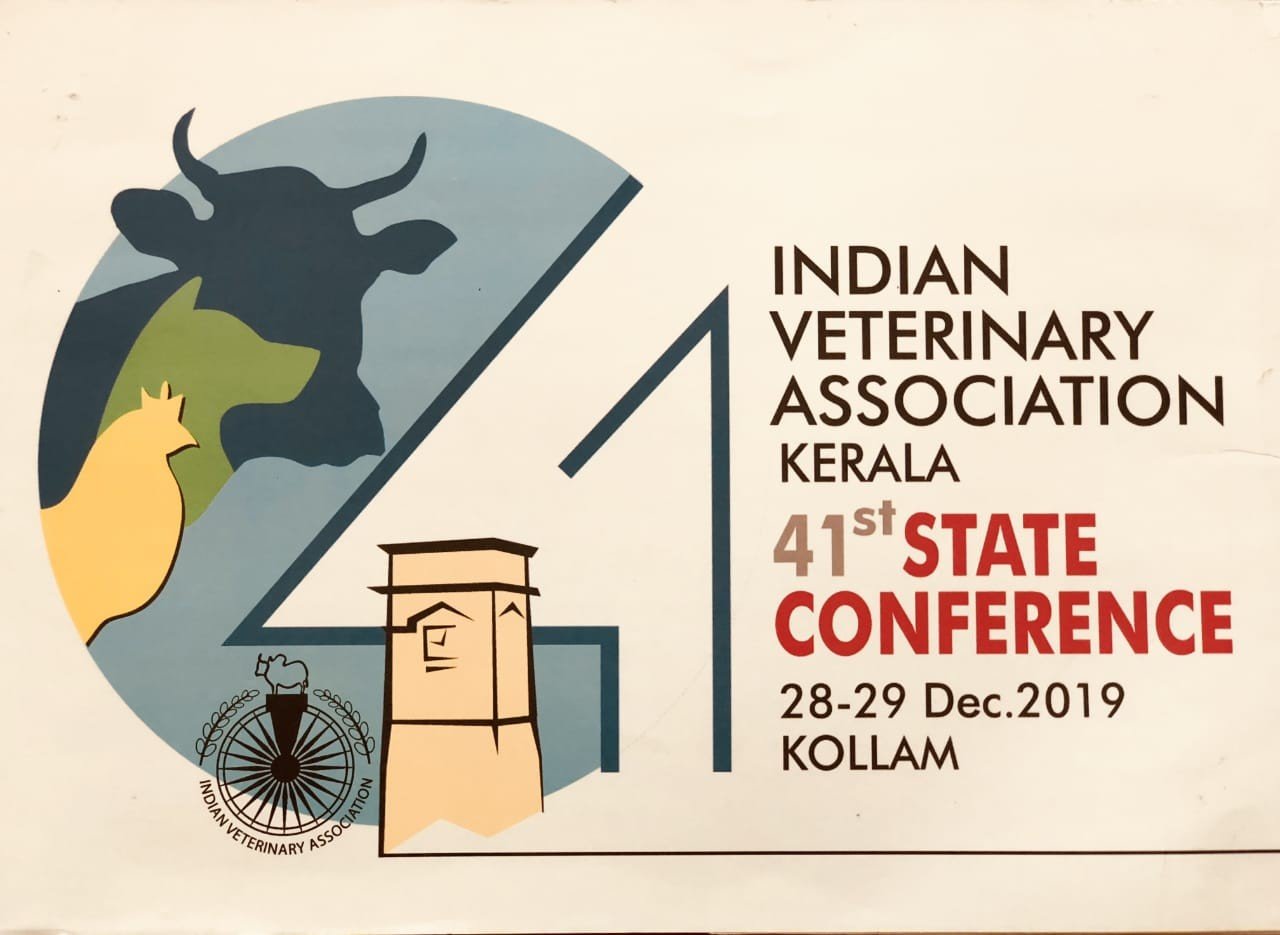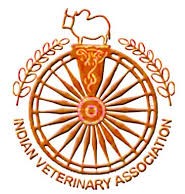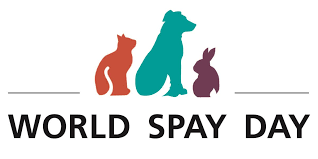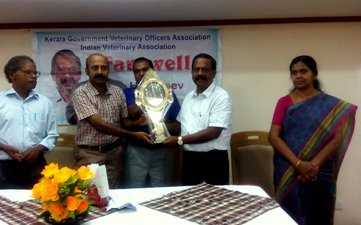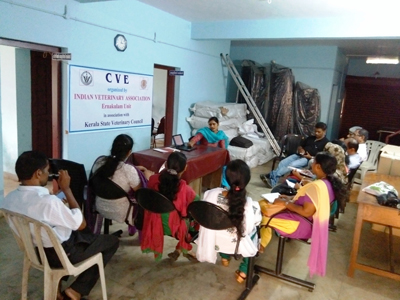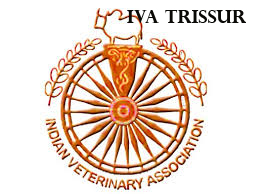Archives

IVA Kerala, 01 - Jan - 1970
Anoestrus among Dogs of Kerala and its Therapeutic Management
The livestock census figures over the years reveal that the population of domestic dogs is on an increase in Kerala. The changes in the socio-cultural scenario and the popularization of the nuclear family concept might have contributed to this. Even though dogs are reared primarily as companion, pet and guard, currently many have identified the potential of dog breeding units as a remunerative vocation. Since timely reproduction has got paramount importance in optimizing the return from dog breeding units, owners of elite bitches with long inter-oestrus interval often approach veterinarians with the request to shorten the period of anoestrus, in order to increase the number of litters born per year.
Domestic bitches are non-seasonally monoestrus and as a result of this unique reproductive physiology, they exhibit cyclicity only once or twice in a year. The length of oestrous cycle in the bitch is considerably longer than that in most other domestic species and unique in that there is an obligatory anoestrus following the termination of the luteal phase. The anoestrus could be primary (the bitch that never had an ovarian cycle) or secondary (the bitch that had one or more ovarian cycles but subsequently failed to cycle). Perusal of literature revealed the use of a variety of exogenous hormones and their combinations viz., GnRH, FSH/LH, eCG/hCG and oestrogens for induction of oestrus in bitches with varying results. Administration protocols of most of these drugs involved daily to weekly injections necessitating a number of visits to the veterinary facility. Here comes the importance of newer drugs which can be administered orally by the pet owner himself under veterinary supervision. Under these circumstances, a study was undertaken to assess the prevalence, nature and magnitude of anoestrus among domestic bitches of Kerala and efficacy of prolactin antagonists (bromocriptine and cabergoline) and thyroxine in inducing fertile oestrus in anoestrous bitches.
Materials and Methods
The prevalence, nature and magnitude of anoestrus among 1203 female dogs were evaluated on scrutiny of their breeding details. From among the anoestrus bitches identified, 40 animals belonging to different breeds were selected at random and their body condition score (Laflamme, 1997) and haematological, hormonal, mineral and cholesterol profile were estimated. Oestrus induction trials were carried out by administering antiprolactin drugs viz. bromocriptine (@50µg/kg body weight) and cabergoline (@5µg/kg body weight) and thyroxine at two dose levels (@10 and 5µg/kg body weight), once daily orally for 20 consecutive days and the data obtained were compiled and analysed.
Results and Discussion
Prevalence, nature and magnitude of anoestrus
Among the 1203 bitches surveyed, 134 (11.14%) were identified as in the stage of anoestrus. Analysis of breed-wise prevalence revealed that anoestrus was high in breeds such as Dachshund (18.18%), Labrador retriever (16.74%), Great Dane (16.67%), Dalmatian (15.38%) and Doberman pinscher (14.00%). It is worth to notice that anoestrus was lowest (2.44%) among local non-descript bitches. The higher rate of prevalence of anoestrus noticed among exotic breeds might probably be due to their low adaptability, poor disease resistance, nutritional deficiencies/excesses and/or other stress related conditions.
Out of the 134 anoestrous bitches screened, 65.67 per cent was in primary and 34.33 per cent in secondary anoestrus revealing the fact that anoestrus was more in nulliparous than in parous bitches. The average age of bitches with primary and secondary anoestrus was found to be 22.68 and 34.34 months respectively. From this, it could be inferred that the age at puberty in bitches is much higher than the expected, delaying returns from breeding. Secondary anoestrus was found to be longest in Dachshund (19m) and shortest in Doberman pinscher (6.23m) with an overall average duration of 11.71 months. Prolonged inter-oestrus interval noticed among parous bitches in the present study would also badly affect the viability of dog breeding units by delaying returns.
Body condition score
Perusal of data on body condition revealed that 42 per cent of the anoestrous bitches were with the ideal body condition score of five, 46 per cent with body score more than five (obese) and 12 per cent with body score less than five (lean). The increased frequency of feeding of dogs, that too with highly nutritious food, sedentary life style of the owner and resultant lack of exercise might have contributed to the development of obesity in a good proportion of bitches. Johnson et al. (1997) opined that the classic signs of hypothyroidism in dogs included obesity and reproductive abnormalities. According to German (2006) obese dogs are predisposed to a number of disease conditions including reproductive disorders. However, anoestrus observed in a very few proportion of the bitches with lean body condition might be due to malnutrition.
Haematological profile
Analysis of haematological profile of anoestrous bitches revealed normochromic normocytic anaemia, which could possibly be associated with mild degree of hypothyroidism. Benjamin (1985) reported borderline normochromic normocytic anaemia as a clinical feature of hypothyroidism in intact female dogs. Leucogram of anoestrous bitches revealed slight leucocytosis also.
Hormonal profile
In the present study, a mean serum progesterone level of 0.57 ± 0.03 ng/ml was obtained in anoestrous bitches. The mean serum prolactin level in anoestrous bitches obtained in the present study (0.75 ± 0.05 ng/ml) did not reveal the existence of hyperprolactinaemia. The mean serum thyroxine level noticed in anoestrous bitches (1.80 ± 0.06 µg/dl) was more towards the lower side of the range quoted by Feldman and Nelson (1996), suggesting the possibility of a relationship between low serum thyroxine level and anoestrus.
Mineral profile
The mean serum calcium and phosphorus levels in anoestrous bitches were found to be 8.94 ± 0.24 and 3.48 ± 0.12 mg per cent respectively. These low values revealed the existence of mild hypocalcaemia and hypophosphataemia suggesting the relationship of deficiency of these minerals with anoestrus condition. However, the serum iron, copper, cobalt, zinc and manganese levels were found to be within the normal range.
Cholesterol profile
The mean cholesterol level in anoestrous bitches was found to be within the normal range, but more towards the upper limit suggesting the possibility of association between anoestrus and mild hypercholesterolemia.
Proestrus and oestrus response
Out of 10 animals treated in each group, five (50%) in bromocriptine treated group (Group I), nine (90%) in cabergoline treated group (Group II), eight (80%) in thyroxine (@10 μg/kg. body weight) treated group (Group III) and seven (70%) in thyroxine (@ 5 μg/kg. body weight) treated group (Group IV) evinced proestrual bleeding. The proestrus response was highest in cabergoline treated animals (Group II) and was lowest in bromocriptine treated animals (Group I). The present investigation revealed that cabergoline @ 5 μg/kg. body weight and thyroxine @ 10 μg/kg. body weight could be successfully used for induction of oestrus in bitches.
The mean treatment onset to proestrus in Groups I, II, III and IV was 28 ± 3.39, 13.44 ± 3.12, 24.50 ± 3.18 and 33 ± 2.21 days respectively. The treatment onset to proestrus in animals treated with cabergoline (Group II) was found to be significantly lower than that in other groups. The findings in the present study revealed that the cabergoline treated animals evinced proestrus earlier than the previous reports.
The average duration of proestrus in the treatment groups was 9.80 ± 0.86, 10.11 ± 0.68, 11.25 ± 0.88 and 10.71 ± 0.68 days respectively and the average duration of oestrus was 7.60 ± 0.24, 8 ± 0.29, 8.5 ± 0.63 and 7.85 ± 0.46 days respectively. From this it could be inferred that successful induction of oestrus in bitches could be achieved by the administration of cabergoline @ 5 μg/kg. body weight orally.
Side effects observed during therapy
In the present study, 50 per cent of the animals treated with bromocriptine and 10 per cent of the animals treated with cabergoline exhibited nausea and vomiting as side effects. On the other hand, none of the animals treated with thyroxine exhibited side effects.
Conception rate
The conception rate in relation to the number of animals responded to oestrus induction treatment in the treatment groups were 80.00, 77.78, 62.50 and 57.14 per cent respectively. However, the respective overall conception rate in relation to the number of animals subjected to oestrus induction trials in the treatment groups were 40, 70, 50 and 40 per cent only. In the present study, conception rate based on the number of animals responded to the treatment was found to be highest in bromocriptine treated animals and lowest in thyroxine (@ 5 µg/kg. body weight) treated animals. However, the overall conception rate based on the number of animals subjected to oestrus induction trials was found to be highest in the cabergoline treated animals and lowest in bromocriptine and thyroxine (@ 5 µg/kg. body weight) treated animals. Since the cabergoline treated animals recorded a conception rate of 77.78 per cent based on the number of animals responded to the treatment and 70 per cent based on the number of animals subjected to oestrus induction trials, it could be concluded that cabergoline @ 5 µg/kg. body weight orally is the treatment of choice for induction of oestrus in bitches.
Gestation length, litter size and sex ratio
In the present study, the average gestation length in the treatment groups varied from 60.50 ± 1.55 to 64.00 ± 0.82 days and the average litter size varied from 5.14 ± 0.34 to 6.40 ± 0.40. Statistically significant difference could not be detected in gestation length, litter size and sex ratio between the treatment groups.
Summary
The prevalence of anoestrus among female dogs of Kerala was 11.14 per cent and that the anti-prolactin drug, cabergoline @ 5 µg/kg. body weight orally for 14 consecutive days was found to be the treatment of choice for induction of oestrus in bitches.
References
- Benjamin, M.M. 1985. Outline of Veterinary Clinical Pathology. Kalyani Publishers, Ludhiana, 351p
- Feldman, E.C. and Nelson, R.W. 1996. Ovarian cycle and vaginal cytology. In: Canine and Feline Endocrinology and Reproduction. Second edition. W. B. Saunders Co., Philadelphia, pp. 526-545, 633-638
- German, A.J. 2006. The growing problem of obesity in dogs and cats. J. Nutr.136: 1940-1946
- Johnson, C.A., Nachreiner, R.F., Mullaney, T.P. and Olivier, N.B. 1997. Reproductive manifestations of hypothyroidism. Canine Pract. 22: 29-30
- Laflamme, D. 1997. Development and validation of a body score system for dogs. Canine Pract. 22: 10-15
